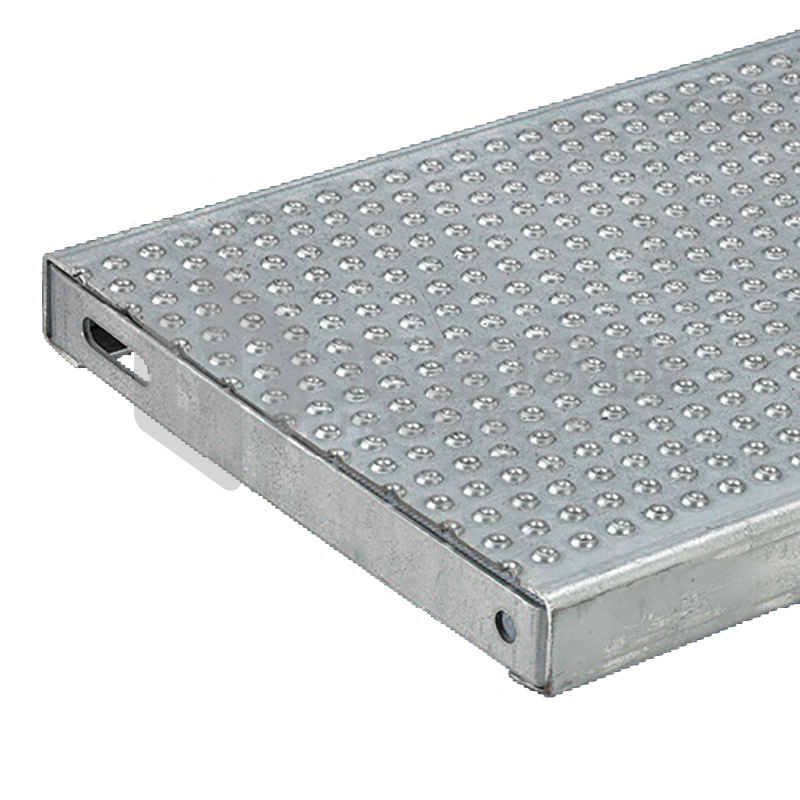
Understanding Safety Grating: Essential Insights for the Construction Industry
Oct 29,2025
Safety grating, often referred to as grating or grid flooring, is a vital component in various construction and industrial applications. Primarily constructed from materials such as steel, aluminum, or fiberglass, safety grating serves multiple purposes, enhancing safety and facilitating access in environments where slip resistance and strength are critical.
One of the primary functions of safety grating is to provide a secure walking surface in areas where liquids or debris may accumulate. The open design of grating allows for the efficient drainage of water, oils, or other substances, minimizing slip hazards and promoting a safer work environment. This characteristic makes safety grating particularly useful in factories, warehouses, and outdoor platforms.
Another significant advantage of safety grating is its load-bearing capacity. Depending on the material and design, safety grating can support heavy loads, making it suitable for walkways, access platforms, and stair treads. The strength of the grating is determined by factors such as the spacing of the bars, the thickness of the material, and the type of load it is expected to bear. As a result, selecting the correct type of safety grating is crucial in ensuring that it meets the specific demands of a project.
In addition to safety and strength, safety grating is also valued for its versatility. It can be customized in various sizes, styles, and materials to accommodate different applications and aesthetic preferences. For instance, fiberglass safety grating is often chosen for environments where corrosion resistance is essential, such as chemical processing plants or marine applications. Conversely, metal grating is frequently used in industrial settings due to its durability and strength.
Moreover, safety grating contributes to the overall design and functionality of a space. Its aesthetic appeal can enhance the visual aspect of walkways and platforms while providing necessary safety features. Additionally, the ease of installation and maintenance makes safety grating a practical choice for many construction projects.
When considering safety grating for your project, it is essential to evaluate factors such as environmental conditions, load requirements, and regulatory standards. Each application may have distinct requirements, and understanding these needs will help ensure you select the most appropriate type of grating.
In summary, safety grating plays an indispensable role in the construction and industrial sectors, providing a safe, durable, and versatile solution for a variety of applications. By understanding the key benefits and considerations of safety grating, professionals can make informed decisions that enhance both safety and efficiency in their projects.
One of the primary functions of safety grating is to provide a secure walking surface in areas where liquids or debris may accumulate. The open design of grating allows for the efficient drainage of water, oils, or other substances, minimizing slip hazards and promoting a safer work environment. This characteristic makes safety grating particularly useful in factories, warehouses, and outdoor platforms.
Another significant advantage of safety grating is its load-bearing capacity. Depending on the material and design, safety grating can support heavy loads, making it suitable for walkways, access platforms, and stair treads. The strength of the grating is determined by factors such as the spacing of the bars, the thickness of the material, and the type of load it is expected to bear. As a result, selecting the correct type of safety grating is crucial in ensuring that it meets the specific demands of a project.
In addition to safety and strength, safety grating is also valued for its versatility. It can be customized in various sizes, styles, and materials to accommodate different applications and aesthetic preferences. For instance, fiberglass safety grating is often chosen for environments where corrosion resistance is essential, such as chemical processing plants or marine applications. Conversely, metal grating is frequently used in industrial settings due to its durability and strength.
Moreover, safety grating contributes to the overall design and functionality of a space. Its aesthetic appeal can enhance the visual aspect of walkways and platforms while providing necessary safety features. Additionally, the ease of installation and maintenance makes safety grating a practical choice for many construction projects.
When considering safety grating for your project, it is essential to evaluate factors such as environmental conditions, load requirements, and regulatory standards. Each application may have distinct requirements, and understanding these needs will help ensure you select the most appropriate type of grating.
In summary, safety grating plays an indispensable role in the construction and industrial sectors, providing a safe, durable, and versatile solution for a variety of applications. By understanding the key benefits and considerations of safety grating, professionals can make informed decisions that enhance both safety and efficiency in their projects.






